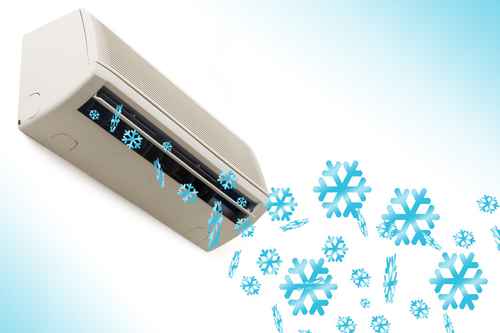
Everyone knows that air conditioning systems keep your home or business cool during hot days. However, many do not know exactly how that air conditioner works. And, knowing how an air conditioning system works can help with your ability to know when you need repair or replacement work before disasters strike. Below we’ll explore just how modern air conditioning systems work.
The Air Conditioning Process
All air conditioning systems use refrigerant chemicals to remove heat from incoming air. They do so by passing air over a coil full of very, very cold liquid refrigerant. Then that now-gaseous refrigerant is compressed back into a liquid and the air is passed over the coil again, further cooling the air until it reaches the desired and set temperature at the thermostat.
The Opperation Cycles of Modern Air Conditioners
The air conditioning processes can be broken up into a few different cycles of opperation. These cycles are:
- Evaporation
- Condensation
The Evaporation Cycle
The evaporation cycle in air conditioning systems is a lot like what it sounds like: the cycle in which refrigerant chemicals are turned from a liquid form to a gaseous one. To do this, your air conditioning system will pull in air from the interior of your building and pass it over the evaporative coil. This coil runs liquid refrigerant through itself as the warm air passes over it, evaporating it and pulling the heat from the air in the process. Then the now-cooled air is forced through your system using fans and ductwork (or directly into the space to be cooled with ductless split systems).
The Condensation Cycle
The condensation cycle in air conditioners is the step in the process in which the gaseous refrigerant from the evaporation cycle is condensed back into a liquid form. This is accomplished through the use of a compressor (a machine that uses pressure to help convert the gaseous refrigerant to a liquid) and a condensing coil.
The condensing coil helps the compressor transform the gaseous refrigerant into a liquid by running the gaseous refrigerant through itself while passing outside air over it. The outside air helps cool the refrigerant before it hits the compressor which finishes the transformation of the refrigerant back into a liquid form. Then the liquid refrigerant is pumped back to the evaporation side of the system and the process starts all over again.



